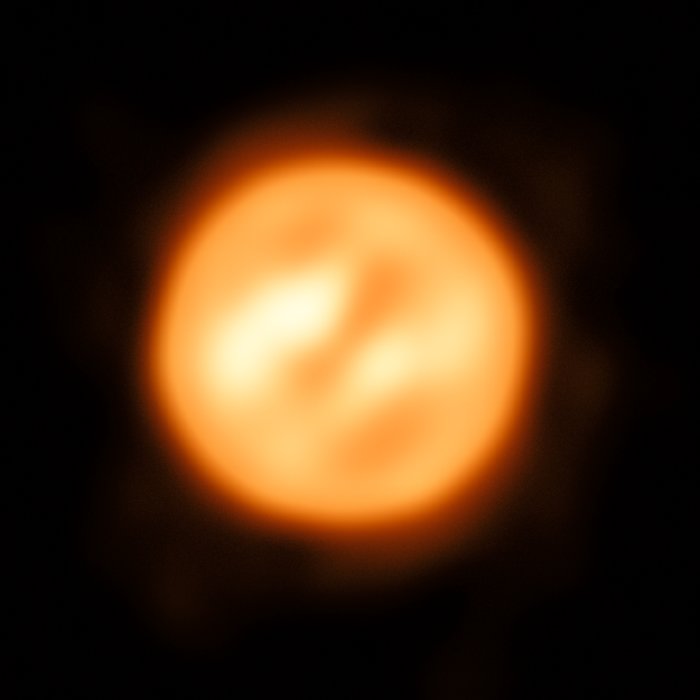Astronomers Snap the Most Detailed Image of an Alien Star Yet
Credit to Author: Becky Ferreira| Date: Thu, 24 Aug 2017 12:00:00 +0000
The star that we are best acquainted with on Earth is the Sun, a conspicuous sphere of nuclear fusion that shines so brightly in our skies, it will fry your retinas if you look at it the wrong way (as many Sun-watchers found out during the total solar eclipse on Monday).
But now, astronomers at the European Southern Observatory (ESO) have made Antares, a red supergiant located 550 light years from Earth, the Sun’s runner-up. On Wednesday, ESO astronomers led by Keiichi Ohnaka, of the Universidad Católica del Norte, published unprecedented new observations of Antares in Nature.
The result is the best glimpse of an alien star produced to date, rendered in so much detail that the star’s turbulent gas patterns are clearly visible. Behold, the raw composite image from the Very Large Telescope Interferometer (VLTI) in Chile:

The shifting color patterns in this portrait demonstrate the tumult within Antares’ surface and atmosphere as it enters its death throes, and expands to gargantuan proportions. Antares is so comparatively enormous that, if it replaced our Sun in the solar system, its surface would extend beyond the orbit of Mars, swallowing Earth completely. The thing is simply monstrous, which is why it is so radiant even at a distance of 550 light years.
Concept animation of Antares. Video: European Southern Observatory (ESO)/YouTube
Life comes at you fast when you are a ridiculously humongous star. Antares is estimated to be only 12 million years old, a mere baby in cosmic terms, but it likely will die in an explosive supernova within the next few hundred thousand years. It may be dead already, but since it takes centuries for its light to reach us on Earth, it could be a while before we get the detonation memo.
Read More: A Supernova Was Imaged Just Three Hours After Detonation
In any event, the star’s superluminous final moments make it a perfect target for a detailed photoshoot with VLTI. The new research, which includes the first two-dimensional velocity map of the atmosphere of an alien star, brings this fleeting object into sharper focus than ever before, and paves the way for better observations of the stars beyond the Sun.
Get six of our favorite Motherboard stories every day by signing up for our newsletter.